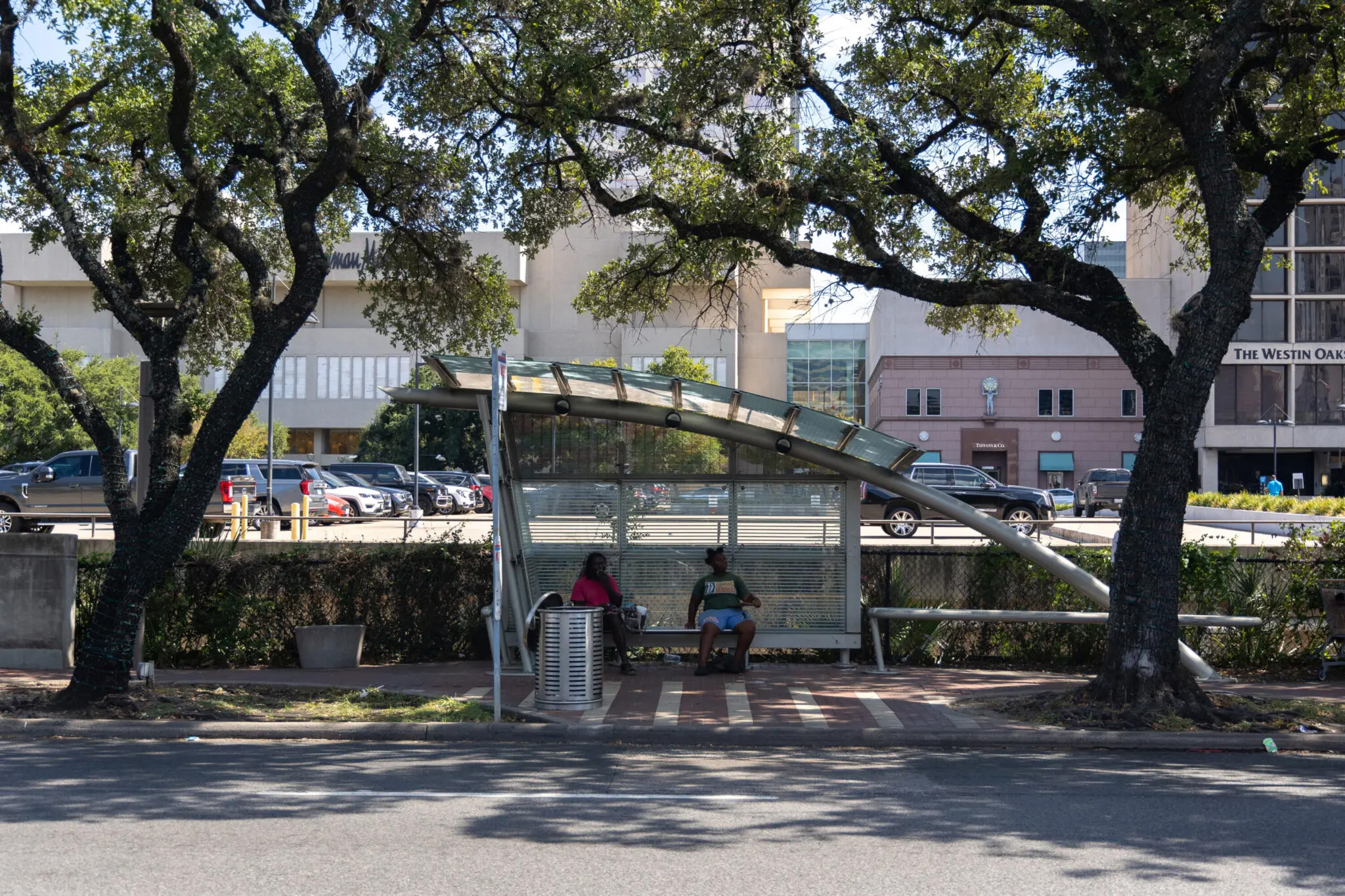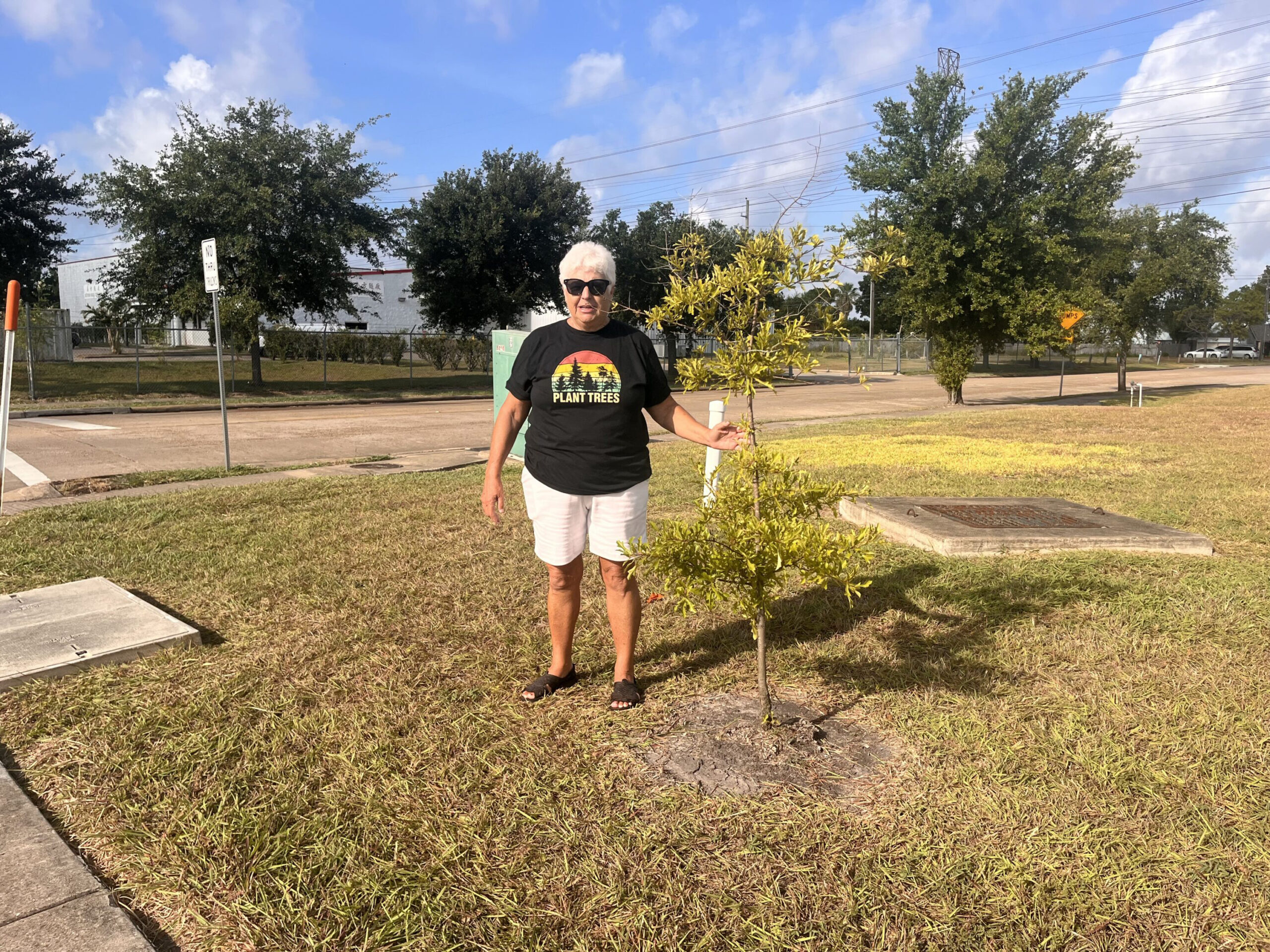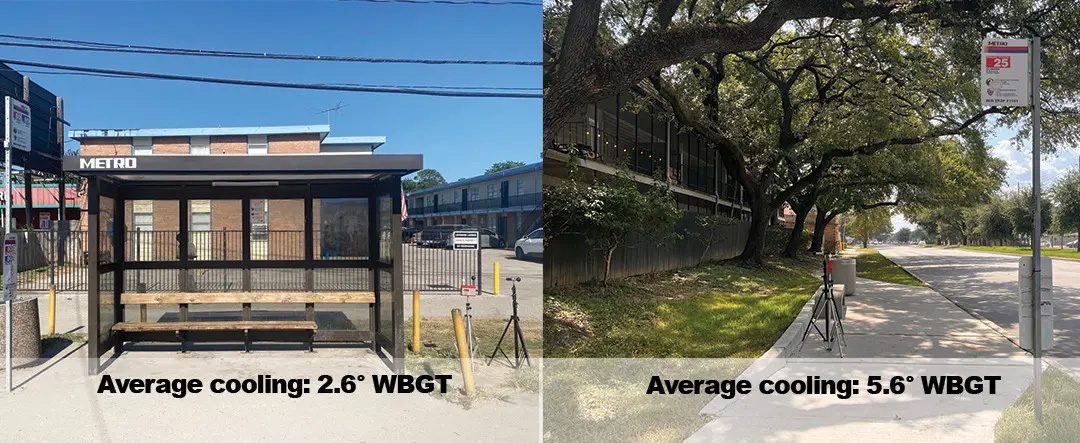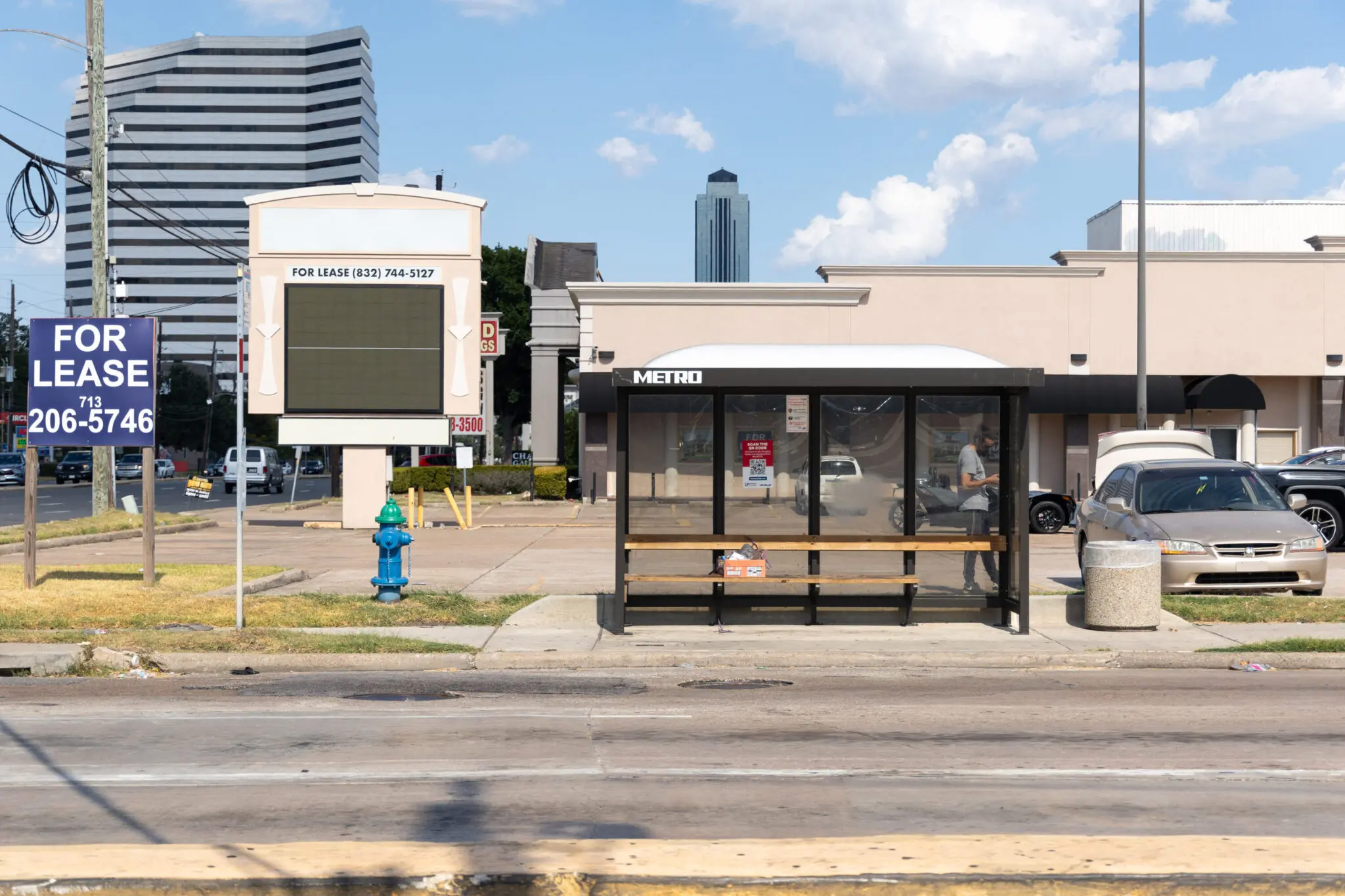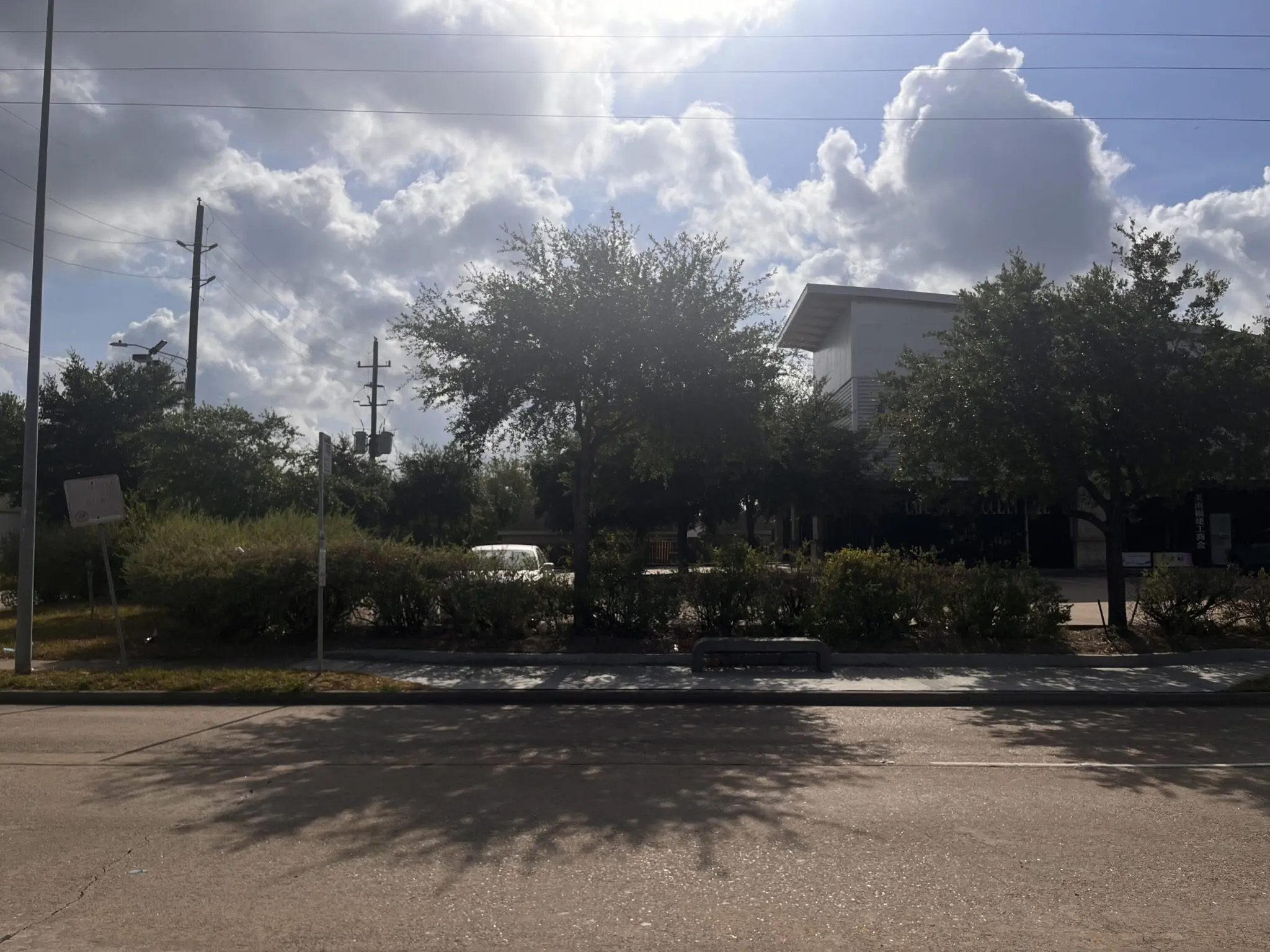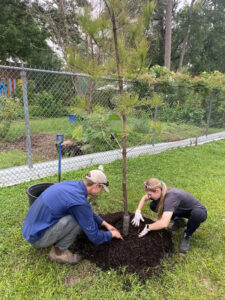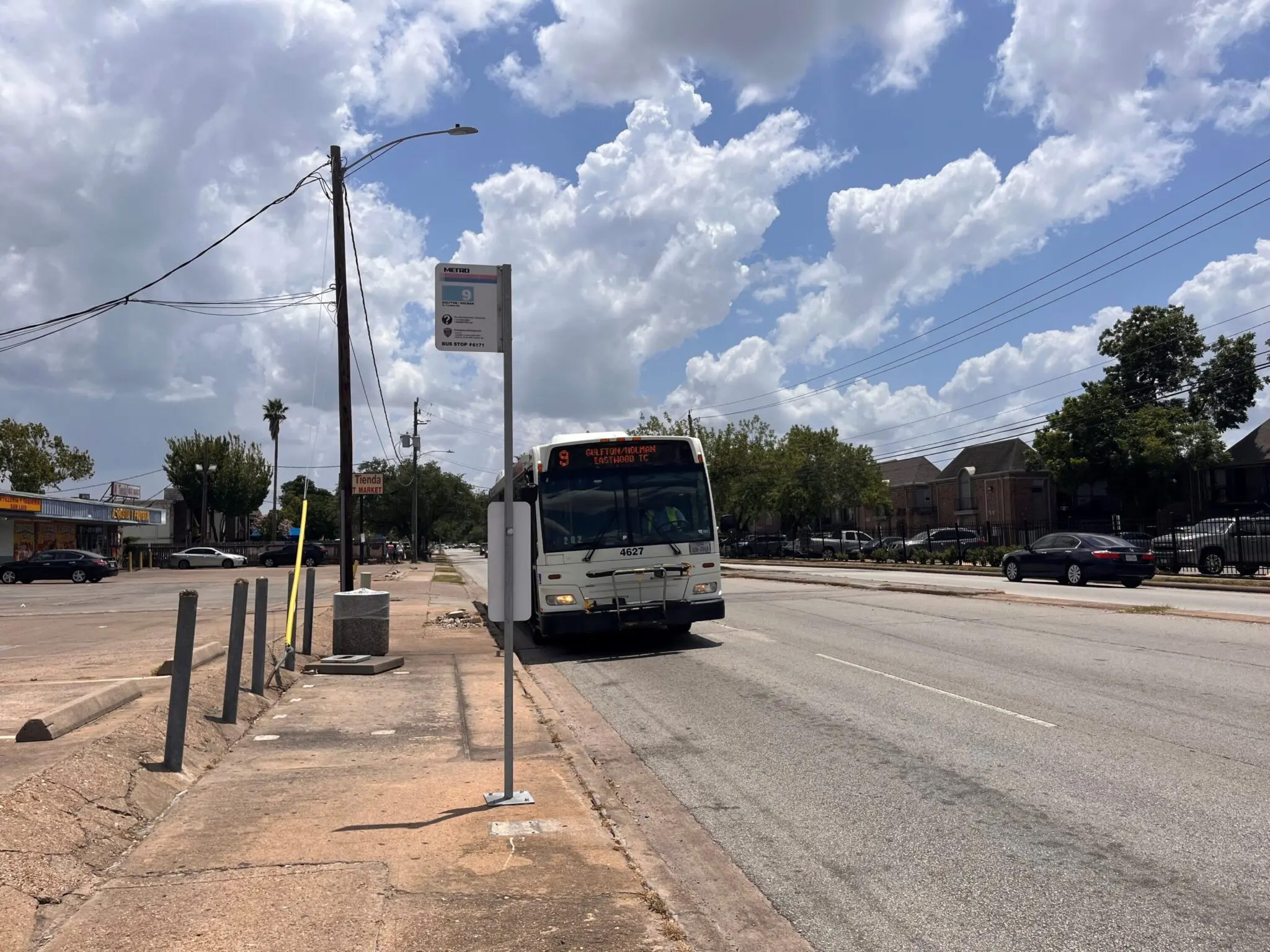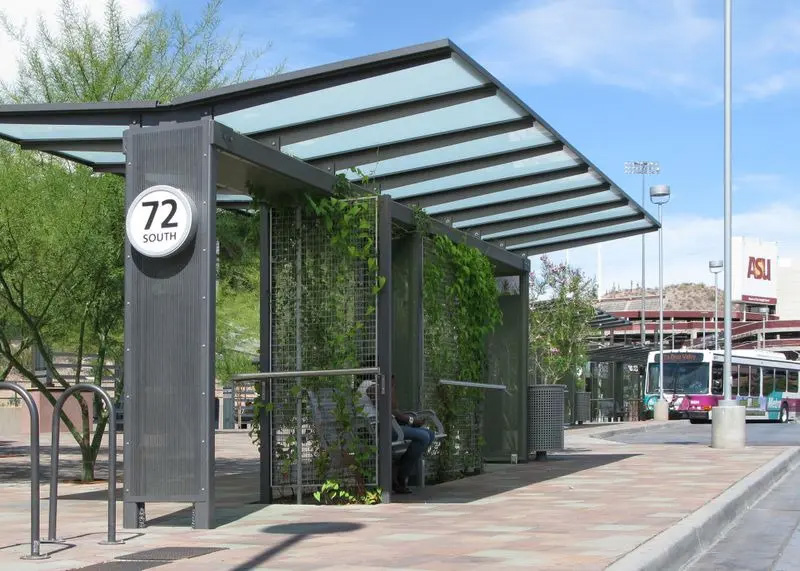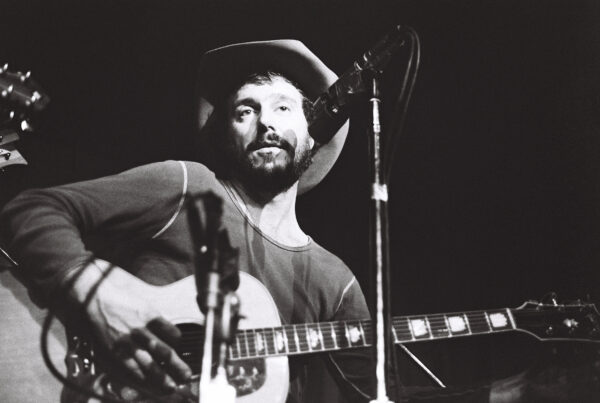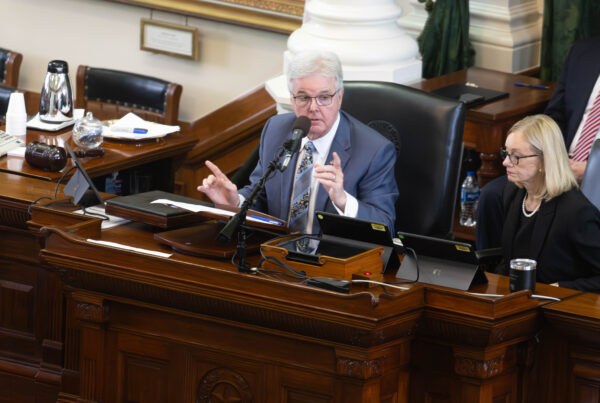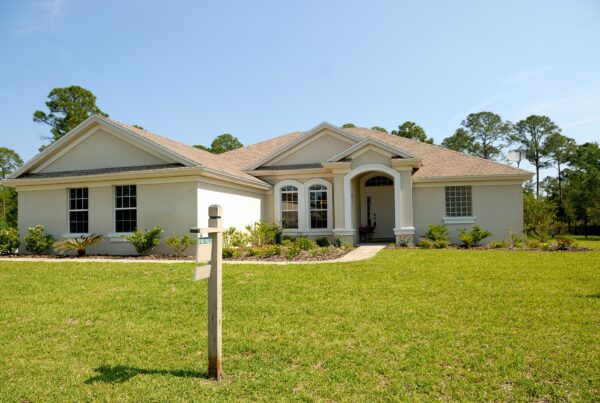This is the second of a two-part investigation into the impact of extreme heat on Metro riders. Read part one of the investigation or listen to the podcast, Hot Stops: How Houston Bus Stops Get Dangerously Hot.
Barbara Quattro has been planting trees in Alief for over 20 years.
Down the street from her house is a METRO bus stop — a pole with a sign attached. There was no bus shelter or tree offering shade nearby. She noticed riders waiting in the sun.
“People are standing out there in this god-awful heat all the time, my God it’s miserable,” Quattro said. “That’s why I decided to plant (a tree) because it makes a difference.”
Quattro is now planning to plant five more trees to develop a larger shade canopy for riders.
This is one of the ways that trees show up at bus stops in Houston — community members stepping up to address the problem. METRO, the public transit agency in Houston, is not systematically planting trees along its transit lines and more than 9,000 bus stops, according to interviews with officials.


